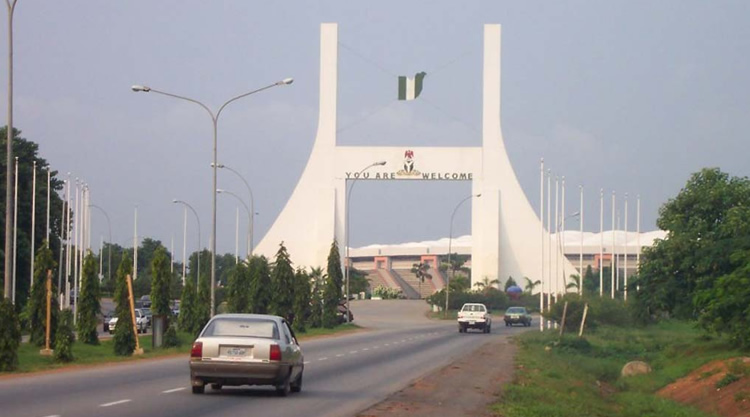Challenges of preventing urban decay in Abuja
From 1976 when the law establishing Abuja was promulgated, it was immediately followed by planning through the Abuja Master Plan and within five years, significant achievement was recorded then the physical implementation of the plan started. And within ten years (1982-1992), the seat of government was transferred from Lagos. The issue of defending the Abuja […]

From 1976 when the law establishing Abuja was promulgated, it was immediately followed by planning through the Abuja Master Plan and within five years, significant achievement was recorded then the physical implementation of the plan started. And within ten years (1982-1992), the seat of government was transferred from Lagos.
The issue of defending the Abuja Master Plan is something very important. Abuja city was planned from the scratch; presently there is no city in Africa that has been so developed through modern urban planning and the dream of achieving this has been achieved within a short period of time.
Subsequently, we continued to develop the other arms of the city i.e. developing through the neighborhood concept, with provision of primary needs of people within the neighborhood of 3-5,000 people depending upon the size of the neighborhood.
So, residents within a neighborhood centre can access their needs without traversing an arterial road. From the neighborhoods we move on to districts, then to the city centre.
President Buhari to grace 2022 Abuja Carnival Polo tournament
NEDC flags off construction of Garkida-Dabna road in Adamawa
That is the concept. What is left is guidance to make sure that the plan is not derailed; to ensure that the plan is not derailed is now the challenge.
There is a parlance in the planning profession that planning without development control is wishful thinking, so the FCT Department of Development Control must be made strong such that when you are given approval to develop a structure, they end derailing by developing a commercial structure instead, so we have to check such abuse.
In the aspect of control and enforcement of land uses, we have had course of demolishing structures built without permission or uses have been changed. We have to be hard in order to maintain standards.
We are doing what we are empowered by law to do and we have the wherewithal, the instruments of operation; we don’t cut corners, and we enforce where there is need.
Coming into Abuja from any angle e.g. Nyanya axis where there is no enforcement, but anytime you enter the city you see the difference, that is the difference in planning; it is visible.
In terms of provision of services, it may be inadequate due to the influx of people into the city, so management of the available facilities is difficult. The threshold permitted for schools, hospitals, police posts etc. is overwhelmed. You need to increase the number of such facilities within the limited available resources.
But despite all these challenges we are still sustaining our capacity; we never allow slums to develop within the confines of the city, and anywhere we notice such, e.g. development under high tension cables, or development along road or rail corridors, or spaces for future development, and shanties, we remove them.
The Satellite Towns Development Authority is also there to complete the work in area councils. We all ensure that we maintain and manage Abuja City.
Tpl. Umar Shuaibu is the Coordinator, Abuja Metropolitan Management Council (AMMC)
